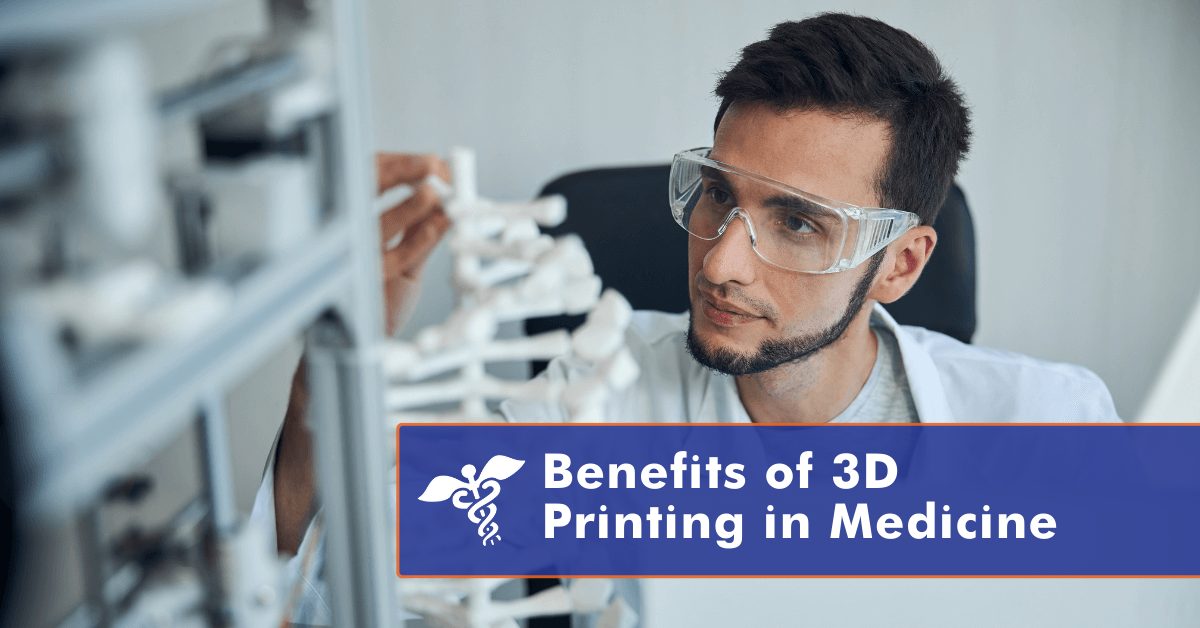
3D printing holds great promise for the medical industry. Hospitals and other care facilities can benefit from incorporating this technology into their processes. Learn more about how 3D printing works and its use in health care.
What Is 3D Printing?
3D printing is a process that turns a digital file into a physical, three-dimensional object. The process requires a 3D printer, which “prints” objects by laying down many thin layers of material. Compared to other methods of manufacturing, 3D printing is fast and inexpensive. The printers typically cost a few hundred dollars and are usually small enough to fit inside a standard office.
3D printing has multiple uses. People have created tools, toys, vehicles and furniture using this fabrication method. There is also potential for 3D printing in health care, as the printers can create prosthetics, anatomical models and medical equipment.
Benefits of 3D Printing in Health Care
When used in health care, 3D printing offers multiples benefits, including:
- Reduced costs: Compared to other manufacturing methods, 3D printing is cost-effective. When used to create prosthetics, a 3D printer can save a practice or hospital a considerable amount of money, as the organization won’t have to send out an order to a lab to produce a prosthetic limb or tooth. Those savings can be passed on to patients.
- Improved function: 3D printing allows for a more accurate and customized fit, which can improve the functionality of a prosthetic. With a better fit, a person is more likely to wear and use their prosthetic, which can improve their quality of life.
- Better models: Since 3D printed materials are created from digital files, it’s easier to create a more accurate design for an anatomical model. As a result, procedure and surgical times can be significantly reduced. In one case, using a 3D-printed anatomical model reduced surgery times by more than one hour.
- Faster improvements: 3D-printed medical equipment can be made on-demand, allowing for rapid improvements based on physicians’ suggestions. Doctors can 3D print the equipment they need instead of continuing to use inadequate equipment while they wait for a replacement.
How is 3D Printing Used in Medicine?
Beyond printing prosthetics and models, researchers are exploring the use of 3D printing to create skin grafts and organs, which can lead to shorter wait times on the organ donation list and improved care for all.
Explore Health Care Technology With MicroHealth
At MicroHealth, we’ll work with your organization to build a health information technology solution from the ground up. To learn more about our innovative technology solutions, contact us today.
